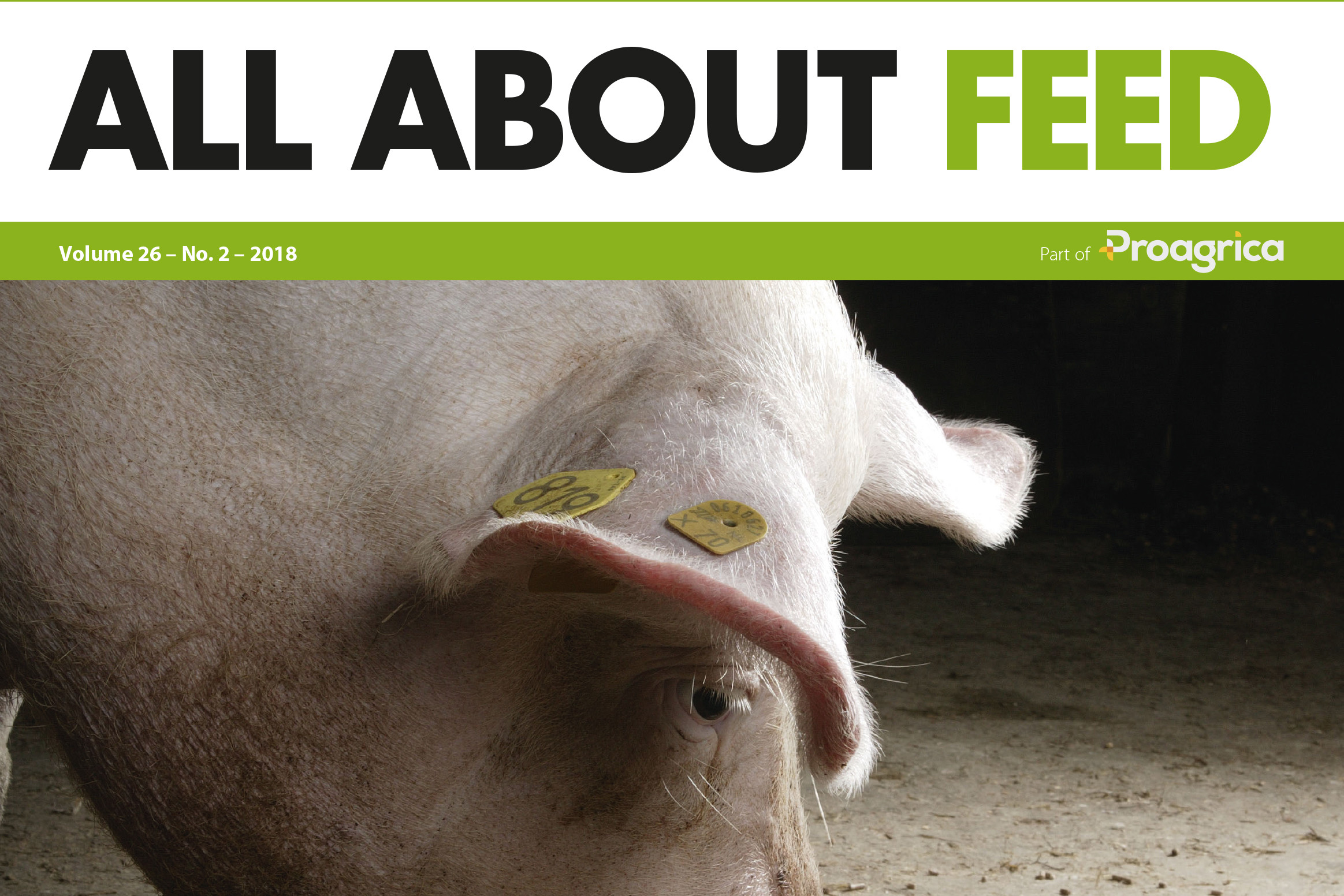February issue of All About Feed now available online

The February issue (issue 2) of All About Feed has been published online. In this issue we delve into co-products for cow diets, the process of gelatinisation during extrusion and we analyse the latest global feed production data.
Adequate ration balancing is a crucial component of a dairy farm budget. Undetected nutrient deficiencies or excesses can have different and variable effects on cows’ performance and health. Nutrient content variability (inconsistency) of feed ingredients is frequently mentioned as a constraint by dairy producers and nutrition consultants. In this article, our guest writers Fernando Díaz, DVM, PhD and Alvaro García, DVM, PhD will discuss the nutritional value of some ingredients used in cow diets.
In the article about extrusion, Dennis Forte, Dennis Forte & Associates, Australia and Gordon Young Food Industry Engineering in Australia explain the gelatinisation process during extrusion of feed. “People often refer to the starch in feeds as being “gelatinised” during extrusion. We argue that this is false. If we don’t understand the different ways that starches can be cooked, then we misunderstand fundamental aspects of our feed and its performance,” they say.

In this issue of All About Feed we also analyse the latest global feed statistics, published by Alltech. According to the latest data, the international feed tonnage has exceeded 1 billion metric tons for the second consecutive year, with a total of 1.07 billion metric tons of feed produced in 2017. The growth seen in 2017 was strong at 2.57% over last year. The feed industry, valued at $ 430 billion, has seen a 13% growth over the past 5 years, equating to an average of 2.49% per annum. This substantial growth is supported by the higher reported consumption of meat, milk and eggs.

Also in this issue:
- Vitamins and minerals: essential for ruminants
- Growth for feed sector in Turkey
- Feeding the ewe for vital lambs
- Challenges for egg producers in the Middle East
To read all the articles in this issue, go to the magazine overview page and sign up with your current website login.











